In the realm of Korean cuisine, one dish truly shines for its distinct flavor and cultural importance: Jajangmyeon (자장면 or 짜장면). This delightful noodle dish has won the hearts and palates of people globally, and in this exploration, we’ll discover what makes jajangmyeon so exceptional.
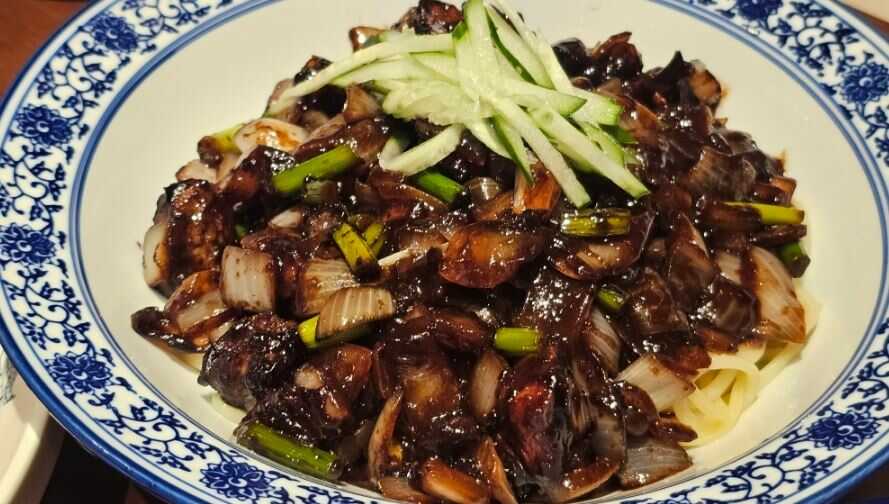
The History of Jajangmyeon
Jajangmyeon has its origins in China but has transformed into a uniquely Korean specialty. This comforting dish features noodles topped with a rich black bean sauce, initially brought to Korea by Chinese immigrants. Over the years, it has been refined to suit Korean tastes, resulting in a flavor profile that is distinctly Korean.
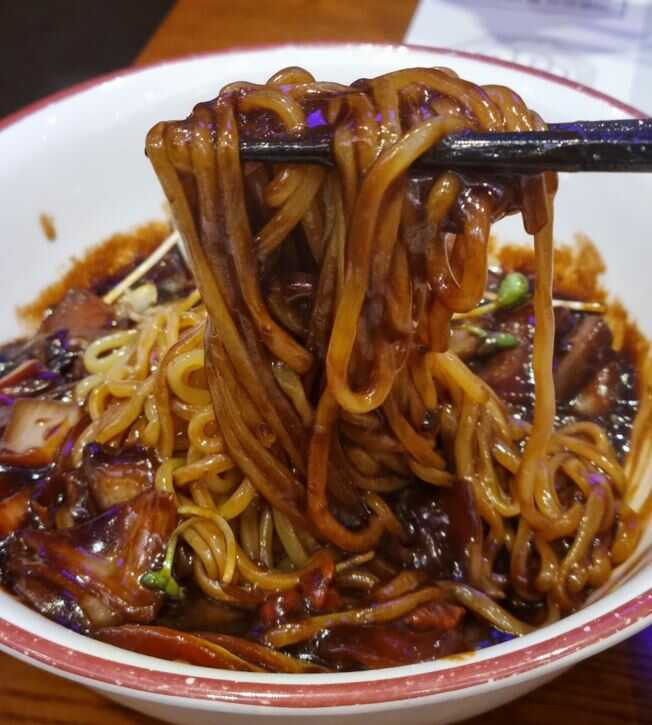
💡 Tip: If you want a larger serving of Jajangmyeon, opt for the double size (곱빼기 Gobbaegi). It costs only about $1 extra. Just say, “Gobbaegilo juseyo!”
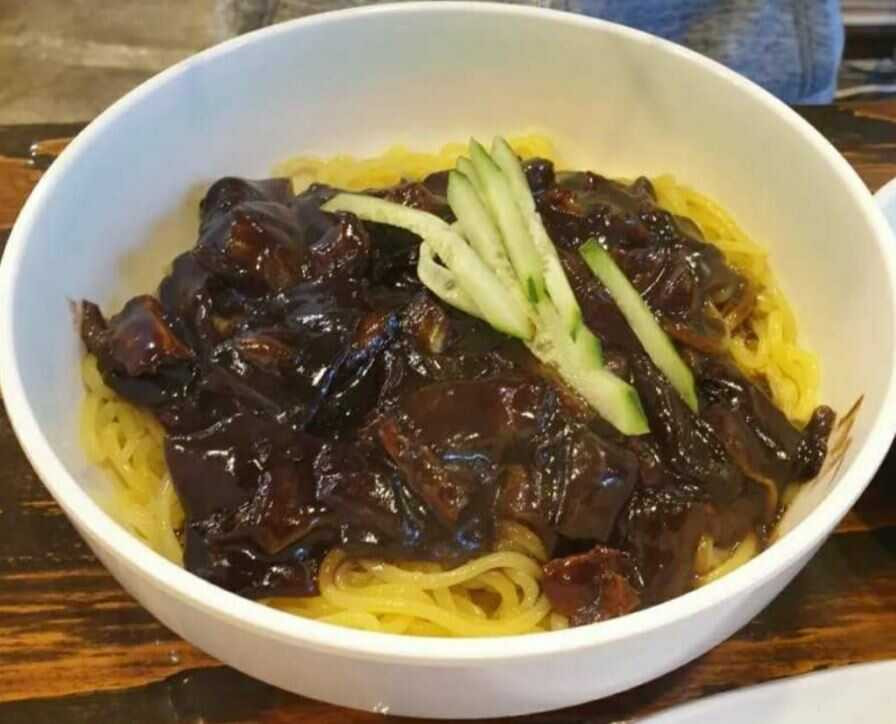
A Flavorful Experience
The secret to Jajangmyeon’s unique taste lies in its sauce. The savory black bean sauce is crafted from fermented black soybeans, caramelized onions, and a mix of vegetables and meats, creating a delightful balance of sweet and salty flavors with a touch of umami that is hard to resist.
💡 Note: The typical price for a bowl of Jajangmyeon is around 7,000 won.
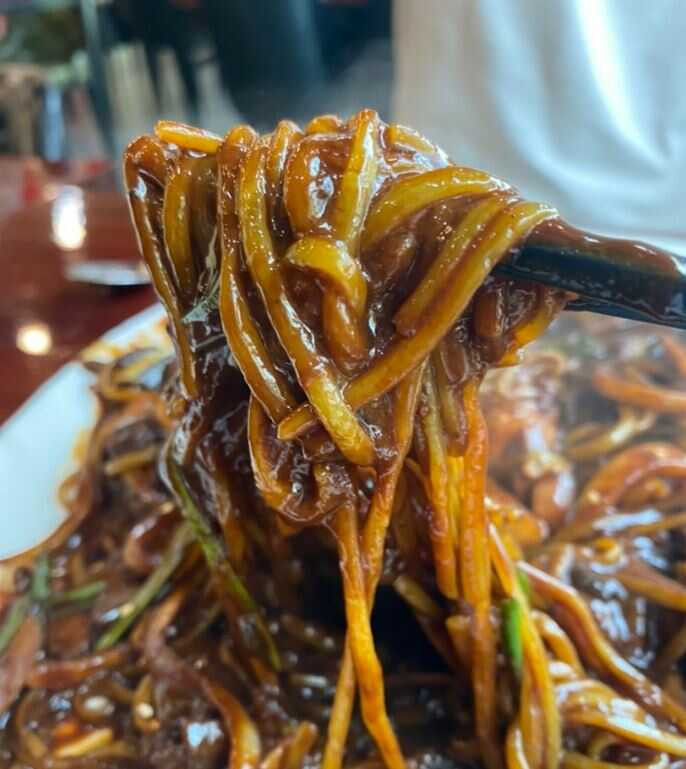
The Ideal Noodle
Traditionally, Jajangmyeon is served with thick, chewy wheat noodles that perfectly soak up the sauce. These noodles provide a wonderful textural contrast, making each bite a delightful experience.
Accompaniments and Variations
In Korea, it’s common to enjoy jajangmyeon with a side of danmuji (yellow pickled radish) and sometimes additional chunjang (extra black bean sauce) for those who prefer a stronger flavor. There are various adaptations of the dish, including seafood jajangmyeon and vegetarian options to suit different preferences.
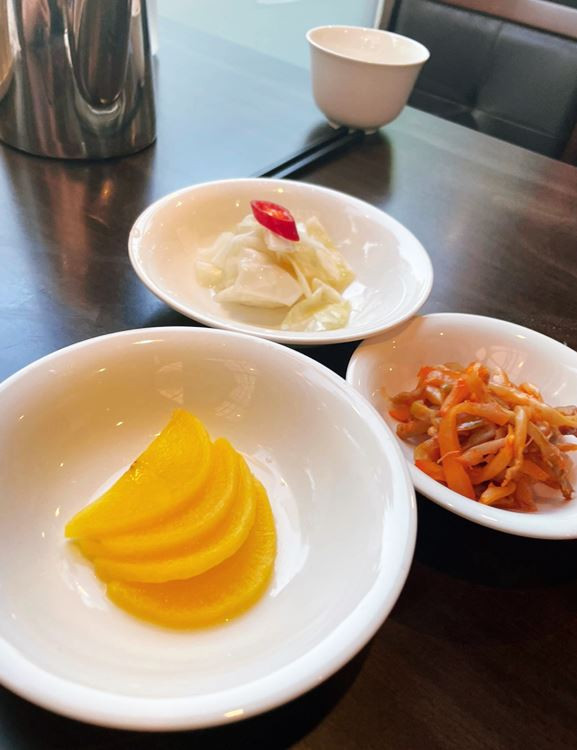
An Essential Culinary Experience
Whether you’re a seasoned lover of Korean food or trying jajangmyeon for the first time, indulging in this dish is a culinary adventure worth undertaking. Its rich heritage, unique flavors, and satisfying textures make it a cherished staple of Korean cuisine.
Five Reasons Why Everyone Adores It
- Rich Umami Flavor: One of the primary reasons people enjoy Jajangmyeon is its deep umami taste. The savory black bean sauce, made from fermented black soybeans and caramelized onions, offers a fulfilling flavor experience.
- Comforting Delight: Jajangmyeon serves as the ultimate comfort food. The hearty mix of thick noodles and savory sauce feels like a warm embrace, perfect for satisfying both your hunger and your soul.
- Cultural Experience: Many relish jajangmyeon not just for its flavor but also for the cultural journey it represents. This dish embodies a blend of Korean culture and its Chinese roots, making it a culinary exploration.
- Versatile Options: Jajangmyeon can be enjoyed in various forms to cater to diverse tastes. Whether you prefer it with seafood, vegetables, or meat, there’s a jajangmyeon variation that suits everyone’s preferences.
- Nostalgia and Tradition: For many, jajangmyeon evokes fond memories of childhood or special occasions. It’s often associated with celebrations and family gatherings, making it an integral part of Korean tradition.
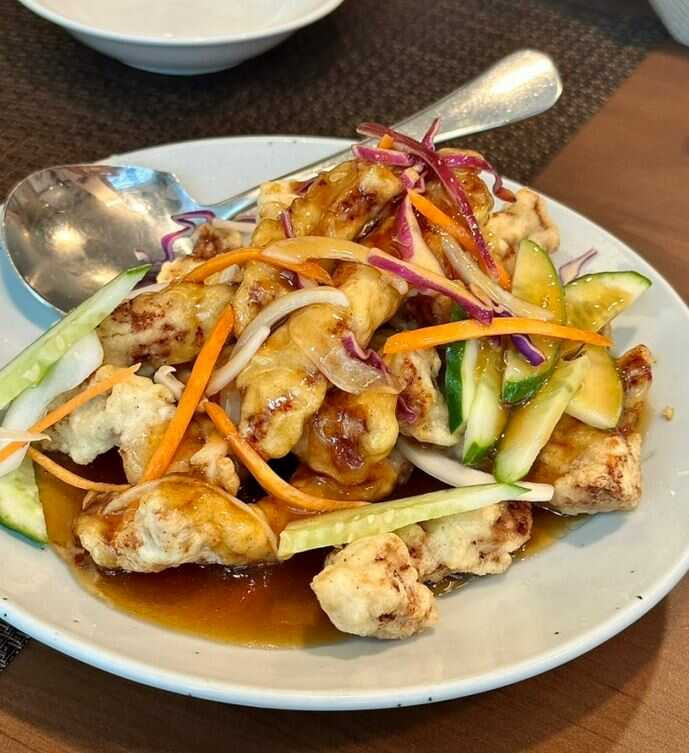
💡 Recommendation: Pair your Jajangmyeon with Tangsuyuk (탕수육), or sweet and sour pork, for a delightful combination.
In conclusion, Korean jajangmyeon is not just a noodle dish; it’s a cultural emblem that blends the flavors and traditions of both China and Korea. So, the next time you crave something hearty and flavorful, give this remarkable dish a try. Your taste buds will be grateful!
| Aspect | Details |
|---|---|
| Dish Name | Jajangmyeon (자장면 or 짜장면) |
| Origin | Evolved from Chinese roots; introduced to Korea by Chinese immigrants, adapted to Korean tastes. |
| Key Ingredient | Thick, chewy noodles topped with a savory black bean sauce made from fermented black soybeans. |
| Distinctive Flavor | A rich balance of sweet, salty, and umami notes, crafted from fermented black soybeans and vegetables. |
| Serving Size | Double size (곱빼기 Gobbaegi) available for about $1 extra; say “Gobbaegilo juseyo!” |
| Typical Price | Approximately 7,000 won for a bowl. |
| Accompaniments | Commonly served with danmuji (yellow pickled radish) and extra chunjang (black bean sauce). |
| Variations | Includes seafood jajangmyeon and vegetarian options to cater to different tastes. |
| Cultural Significance | Combines elements of Chinese and Korean culinary traditions; a nostalgic dish often associated with celebrations. |
| Pairing Recommendation | Pairs well with Tangsuyuk (탕수육), sweet and sour pork. |
Leave a Reply